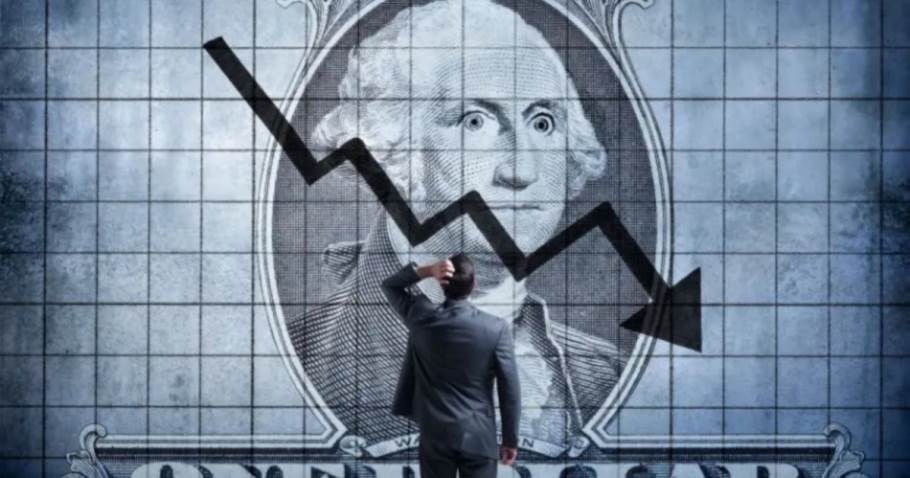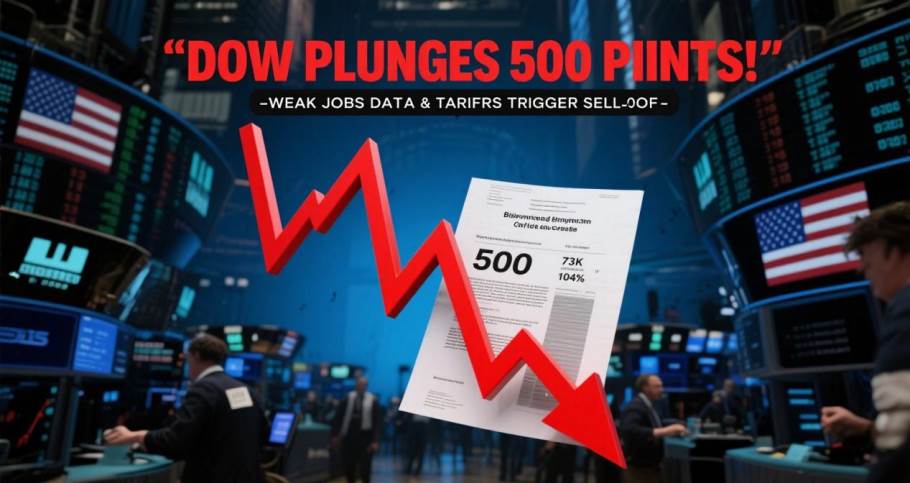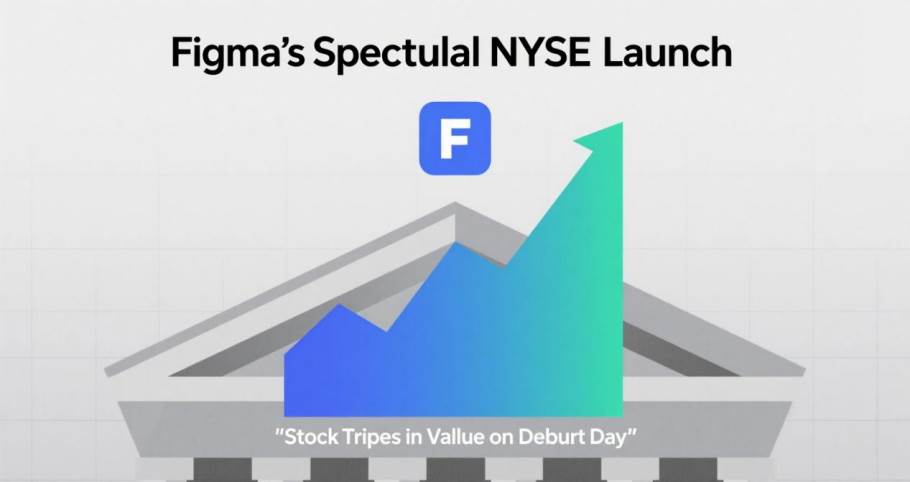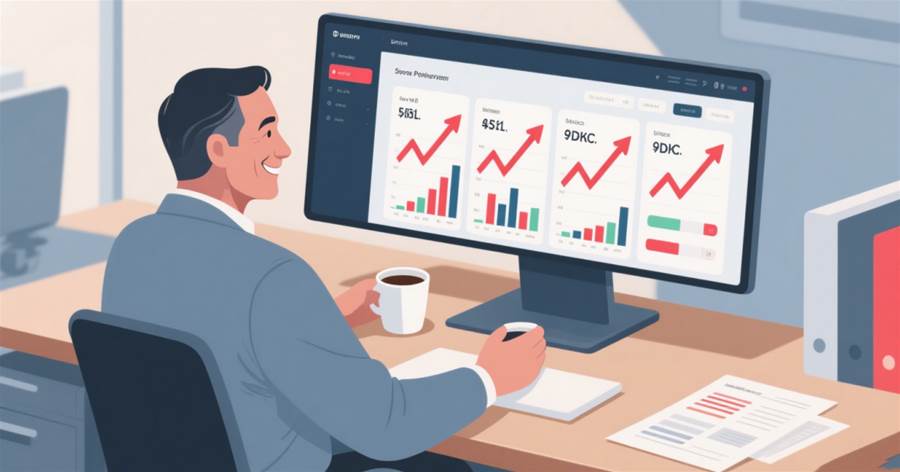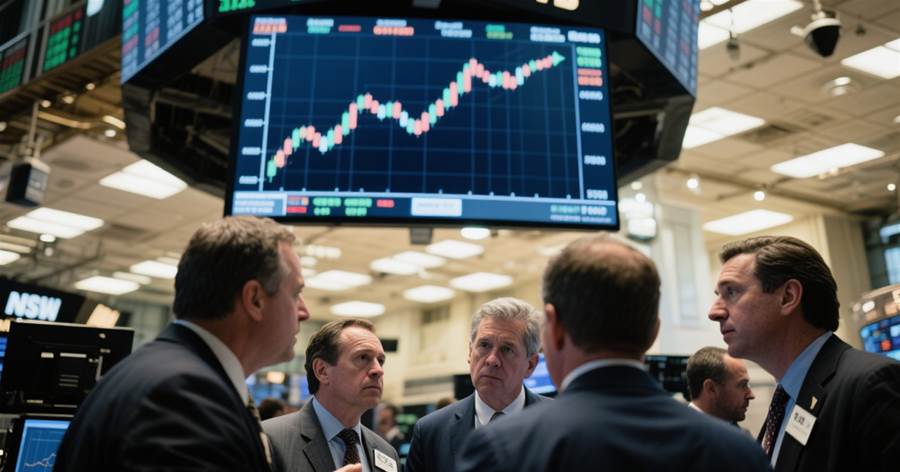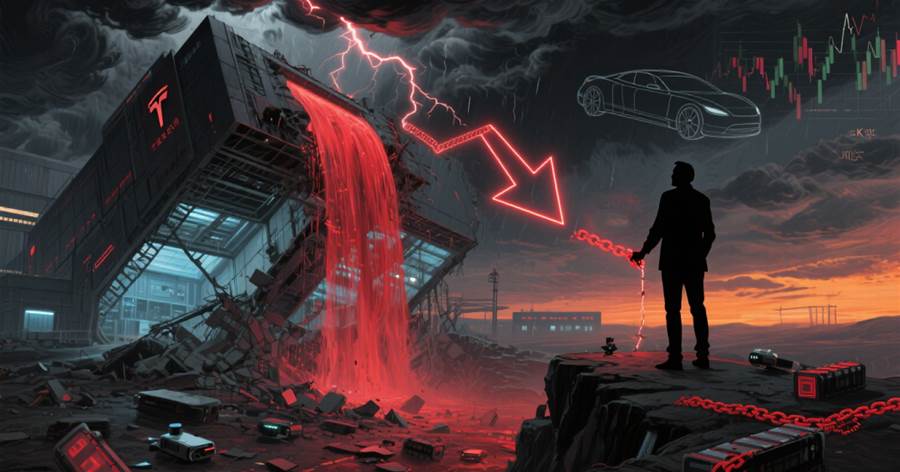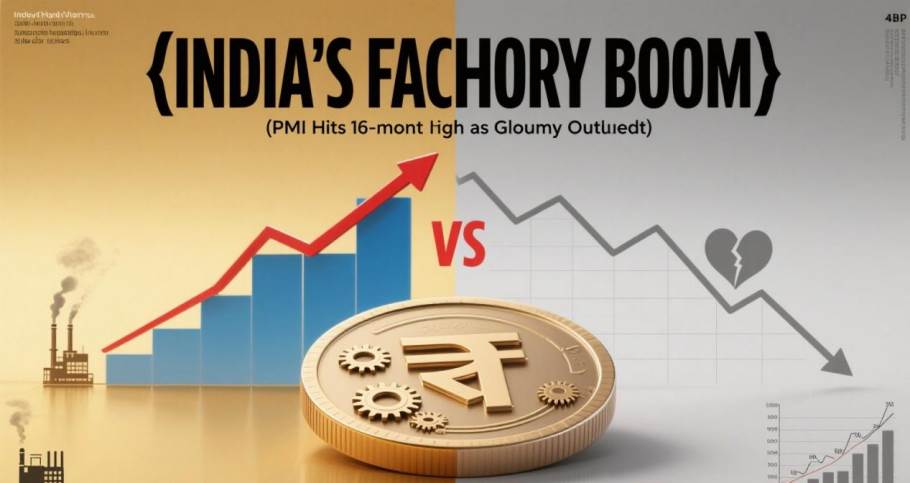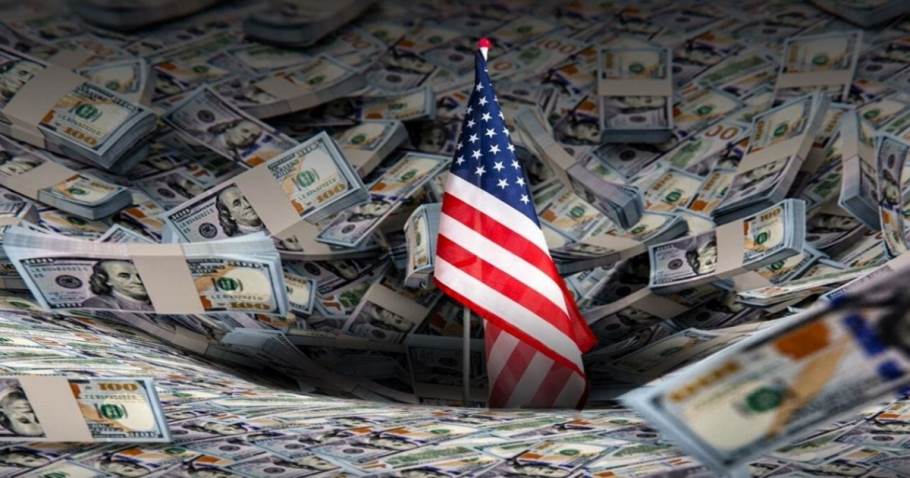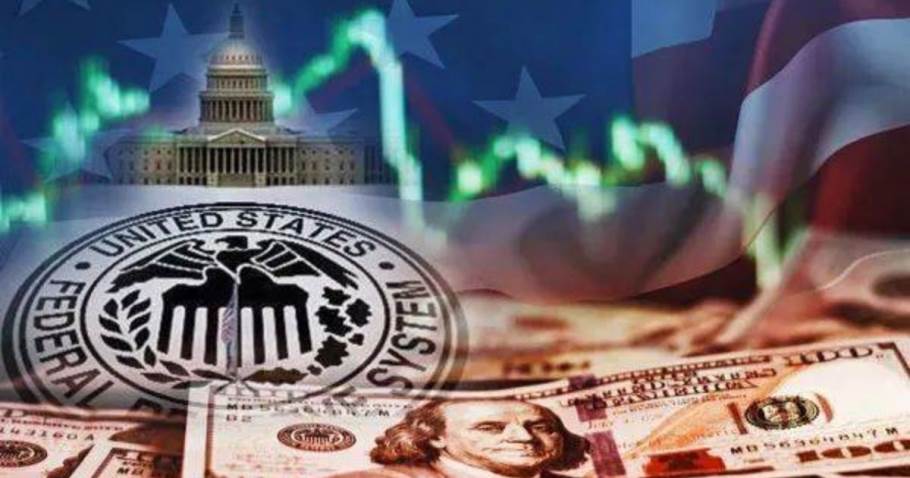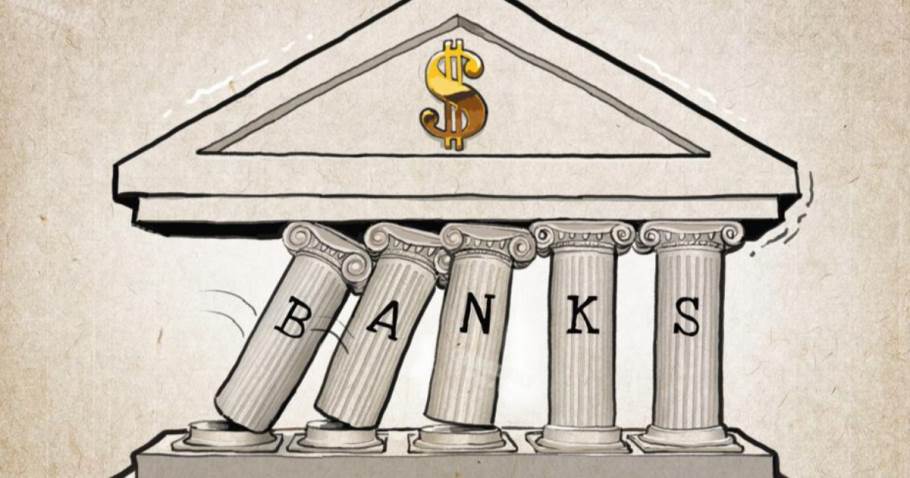U.S. Debt Crisis Worsens: National Debt Surpasses 37Trillion,FY2025DeficitProjectedat1.8 Trillion
Washington, August 1, 2025 — The U.S. fiscal situation is under unprecedented strain. The latest data shows that the total federal debt has exceeded 37trillion∗∗,withthedebt−to−GDPratiosurpassing∗∗1301.8 trillion, highlighting the severe challenges facing the government's fiscal sustainability.
Debt Continues to Balloon, Raising Concerns Over Fiscal Sustainability
According to the latest report from the U.S. Treasury, as of July 2025, the total federal debt has surged to
37.2trillion∗∗,markinganearly50110,000 in national debt. Economists warn that if debt growth remains unchecked, the debt-to-GDP ratio could exceed 150% within the next decade, far surpassing the post-World War II peak.
“The debt is growing much faster than the economy, which is an unsustainable trajectory,” said Mark Williams, a senior fellow at the Peterson Institute for International Economics. “If interest rates stay high for long, debt servicing costs will crowd out critical public investments and ultimately drag down economic growth.
”
Currently, the U.S. spends over $1 trillion annually on interest payments for its debt, making it one of the fastest-growing items in the federal budget. If the Federal Reserve maintains its high-interest-rate policy, debt servicing costs could rise even further in the coming years, exacerbating fiscal pressures.
FY2025 Deficit Projected at $1.8 Trillion, Structural Deficits Persist
The latest projections from the Congressional Budget Office (CBO) indicate that the federal deficit for fiscal year 2025 will reach
$1.8 trillion, a roughly 10% increase from FY2024. This figure is significantly higher than pre-pandemic averages, suggesting that the U.S. fiscal deficit has evolved from a “temporary” issue into a long-term structural challenge.
Key drivers of the widening deficit include:
Soaring Social Security and Medicare spending: With the full retirement of the baby boomer generation, entitlement costs are growing at an annual rate of 6%.The article is not finished. Click on the next page to continue.
The article is not finished. Click on the next page to continue.
